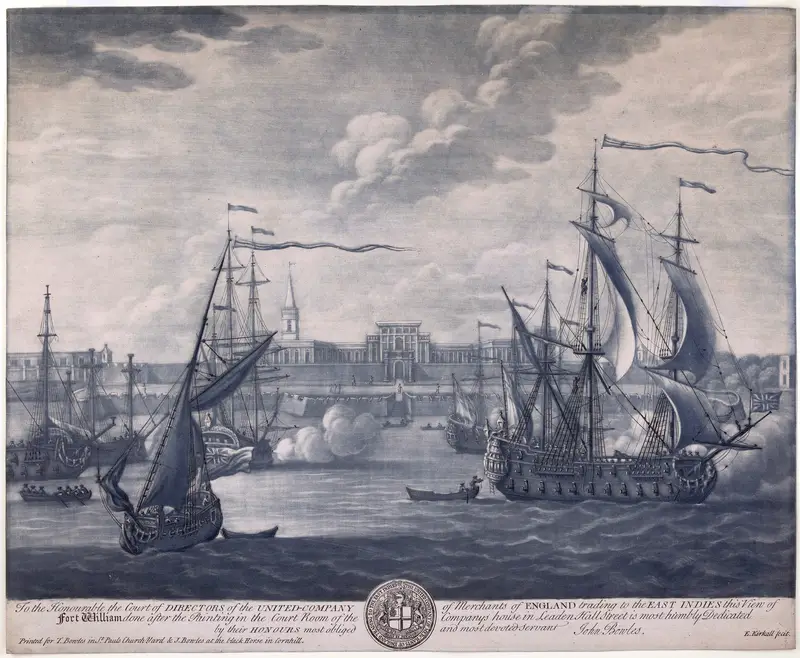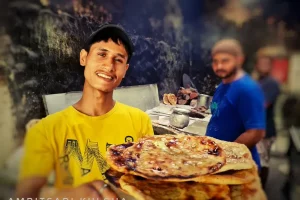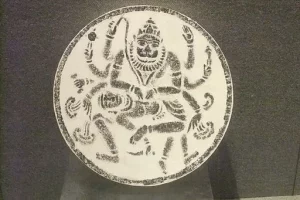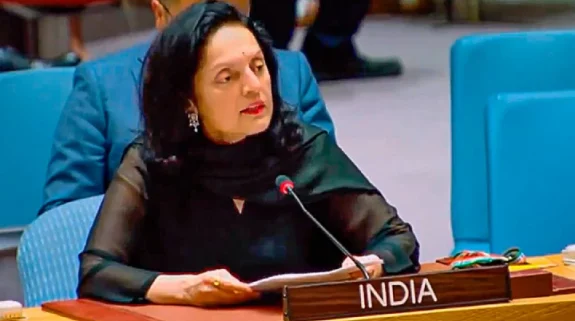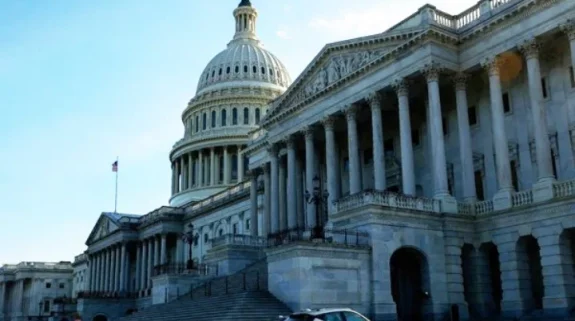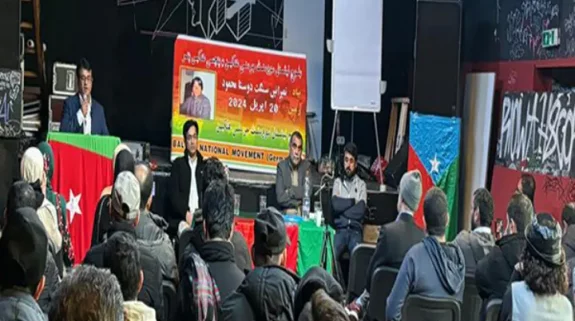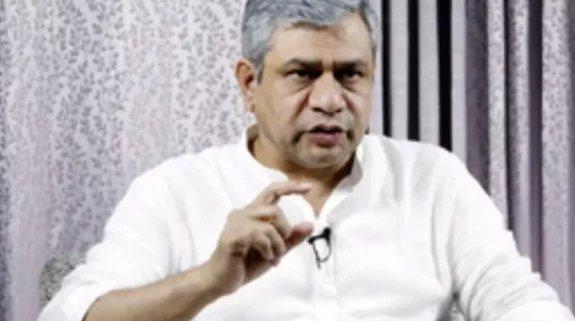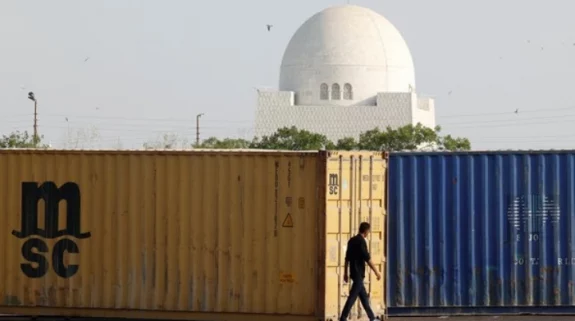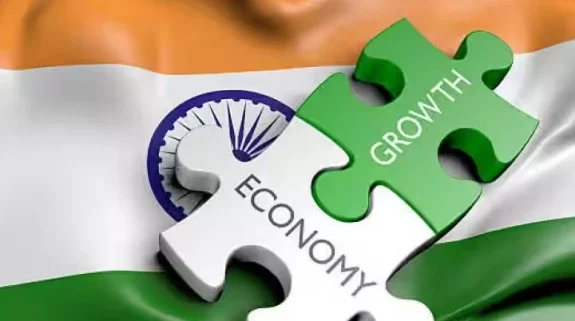These last few days I have been curating a festival of monsoon nashtas from across India –with a twist. Samosas, baati, kulchas, even patode, the fascinating Colocasia leaf “rolls” that are fried and served with various chatnis across regions like UP and Karnataka, have been experimented on by chefs at social cafes and Hyatt hotels incorporating a new ingredient: cranberries, from the US, which lend another dimension to the layering of tastes.
It is a culinary experiment not unlike what may have happened centuries ago as snacks and eating traditions were invented in the Subcontinent to celebrate this most magnificent season, incorporating new ingredients within the older philosophy of cuisine.
The chaturmas, or four months of the rains, represent the most powerful and distinctive season of the Indian subcontinent. But it is not just the lashings of rain, dark brooding clouds, rivers in full spate and nature at its verdant best that manifest the phenomenon.
Instead, like spring in Europe, about whose joys poets have waxed eloquent, monsoons too have seen an outpouring of creativity. The Raag Mala series of paintings personifying various raags of Hindustani Classical music —including typical “monsoon” ones like Megh and Malhar—is perhaps the best-known artistic tradition uniting visual arts and music with seasonality.
But seasons, and this overwhelming one, have also inspired creativity in the kitchen. You only have to count the joys of ginger-spiced chai and pakoras (including the laborious patode, which are another type of fritters), picnics with daal and baati, not to mention ghewar and feni, all sawaan specials, street snacking on mangore from Bundelkhand, or of the festive sweet-sour-hot menaskai made in areas around Udupi with pineapple in particular this season (the season for pineapple is from July to September), to appreciate that.
Unlike modern Indian kitchens reliant on 24X7 availability of ingredients, ancient and medieval cooking in India was highly seasonal. Many regional cuisines also followed principles of Ayurveda almost intuitively, using not just seasonal “main” ingredients (such as arvi or Colocasia or mangoes in this season, or gourds in summer, greens in winter) but also adjusting spicing according to changing temperatures and humidity. Food after all was considered as medicine too.
Foreign ingredients, when they arrived, were fitted seamlessly into this philosophy of cooking. The biggest example is perhaps chai. If monsoons are synonymous with ginger chai (not tea), a warming brew for one and al, have you ever wondered how this chai culture came about?
Large-scale tea plantations were indeed started by the British in Bengal (where trained Chinese plantation workers were brought in too), Assam, Kangra as well as the hills of Tamil Nadu, Kerala and Sri Lanka in early 19th century after trade with China collapsed during the opium wars.
Indian tea, including from plants native to Assam that had always grown wild there and were used by the tribes, fetched high prices at an auction in London in 1841. Post that rapid commercialisation took place. While experiments were carried out in Darjeeling with Chinese seeds, at other places both Chinese and Assamese varieties or hybrids were planted; Assamese varieties being hardier and more suited to Indian soil, according to KT Achaya.
Indian tea was deemed to have a stronger character than Chinese and was preferred in the UK, first by the Victorian elite and then by the working classes too. But in India itself chai (from the Chinese word “cha” for tea) was not new.
Achaya notes that even in 1689, John Ovington, an English priest hired as chaplain to the East India Company, who settled in Surat, records that tea was drunk by merchant classes of Surat without sugar but sometimes with lemon and spices. This was thought to be a cure for headaches and gripe. The source of tea leaves however at that time is not clear.
The practice of drinking hot spiced water or kadha, as a cure for cough and cold, however, is an ancient one. The idea of adding tea leaves to this brew seems to have emerged at some point as a consequence, though tea leaves may themselves have been got from China.
With large scale cultivation of tea within India subsequently in the late 18th and 19th centuries, it was perhaps natural for the kadha and tea tradition to merge and give us chai, spiced with warming spices such as ginger recommended by Ayurveda during the season of rains.
With chai, pakodas cannot be far behind when it rains. But even the predominance of this snacking tradition (bhajiyas, pakodis, even vadas and batata vadas fit into this) can be attributed to a merger of ancient practices, seasonal cooking and newer ingredients. If we break the most common and cheapest pakoda, the aloo pakoda, down to its ingredients, we can immediately identify 1. The tuber 2. Besan flour 3. oil for frying as the three components.
Enhanced use of fat or oils in the monsoons, is a traditional practice as fried food provided warmth and preserve food when chances of spoiling were high. Besan made from Bengal Gram (dubbed that by the British because they first encountered the indigenous chana in Bengal) too is an old ingredient used to make everything from savoury sev to mithais like laddoo.
The potato came in later. The sweet potato as well as roots and tubers of other kinds such as Colocasia and yams were part of older Indian kand and mool tradition, regarded as uncultivated foods and thus permissible during fasts. But the potato came in only in the 18th century.
A south American native, it made a documented appearance in 1780 when a basket of it was gifted to Warren Hastings. So unusual was the gift that Hastings invited his council members to dine with him on the potatoes. According to some reports, it was the Dutch who introduced a culture of potatoes in Bengal first after receiving this from their settlement in the Cape of Good Hope, at the end of the 18th century. But by the 1830s, these were being grown in the hills of Dehradun, promoted by Frederick Young (1786-1874), who joined the East India Company army at the age of 15 and founded the first Gurkha regiment.
Young settled in Mussoorie—built a shooting lodge in Landour, and is a forgotten founder of the hill station, even though the hill station’s most beloved author Ruskin Bond has a ghost story featuring him! An Irishman, is said to have planted the first potato plant in the Himalayas (and loved potatoes), as also the first tea bush here.
History unites the monsoonal pakora and chai in more ways than one!
Also Read: Ghee—India’s durable export that tickled taste buds in ancient Egypt and Rome!
(Anoothi Vishal is the author of Mrs LC's Table. She is also a columnist and food writer, specialising in cuisine history)






